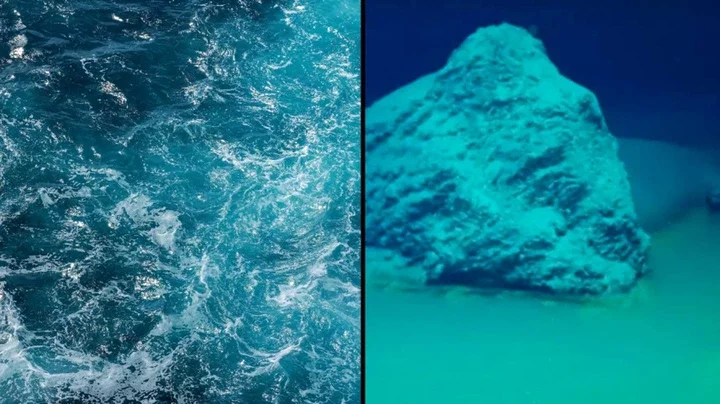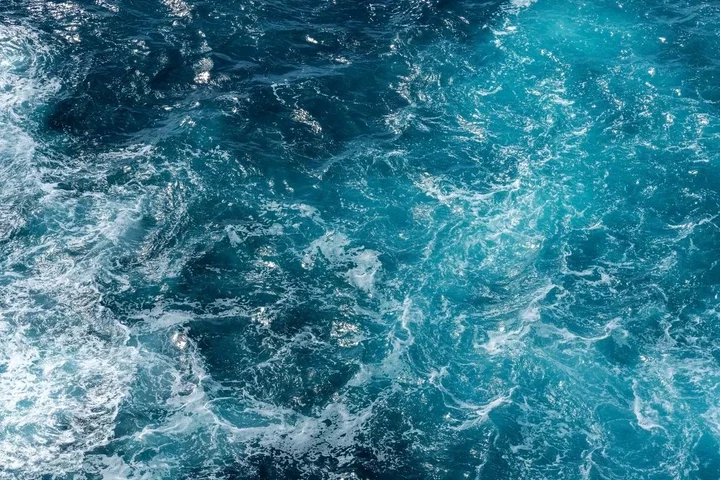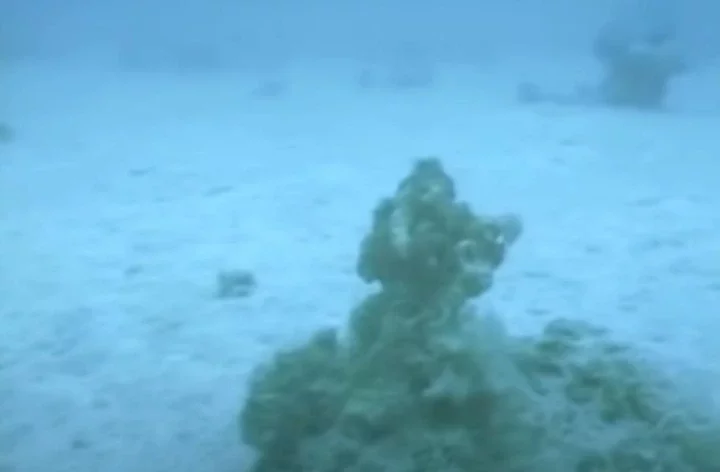
Scientists have made a terrifying discovery after finally reaching the bottom of the Red Sea.
To those who are already afraid of the water, we apologise in advance.
University of Miami researchers went a long long way beneath the surface, 1.1 miles (1.77 km) to be precise.
The Red Sea - located in the inlet of the Indian Ocean between Africa and Asia - gets its name from the seasonal blooms of the red-coloured sea sawdust near the water's surface.
At the bottom of the seawater inlet is what's called a 'deep-sea brine pool', which Sam Purkis, professor and chair of the Department of Marine Geosciences at the University of Miami, describes as 'a great analog for the early Earth'.
The largest pool the researchers found measured 107,000 square feet (10,000 square meters) across, along with three smaller pools which were 107 square feet (10 square meters) in diameter.
The pools are devoid of oxygen and have been dubbed 'death pools'.
Why? Because 'any animal that strays into the brine is immediately stunned or killed'.
Bizarrely though, the pools are a 'rich oasis' of life which is rarely found at these kind of depths.

Opportunistic predators lurk nearby and 'feed on the unlucky' animals that stray into the pools and are immobilised or killed.
The pools are also home to 'extremophile microbes' which can survive in the pools.
Studying the death pools can help us understand how life on Earth began, and even the potential for life on other planets.
Purkis said: "Our current understanding is that life originated on Earth in the deep sea, almost certainly in anoxic - without oxygen - conditions.
"Studying this community hence allows a glimpse into the sort of conditions where life first appeared on our planet, and might guide the search for life on other 'water worlds' in our solar system and beyond."
The fact that the usual animals found at the bottom of the sea - such as burrowing shrimp, worms and mollusks - can't survive in the pools mean they remain unusually pristine.

"Ordinarily, these animals bioturbate or churn up the seabed, disturbing the sediments that accumulate there," Purkis said.
"Not so with the brine pools. Here, any sedimentary layers that settle to the bed of the brine pool remain exquisitely intact."
This means researchers were also able to use their findings to help learn more about tsunamis and earthquakes.
The newfound brine pools 'represent an unbroken record of past rainfall in the region, stretching back more than 1,000 years, plus records of earthquakes and tsunami'.
Their findings suggest that in the past 1,000 years, major floods from serious rain occur about once every 25 years, and tsunamis [take place] about once every 100 years'.

















Comments